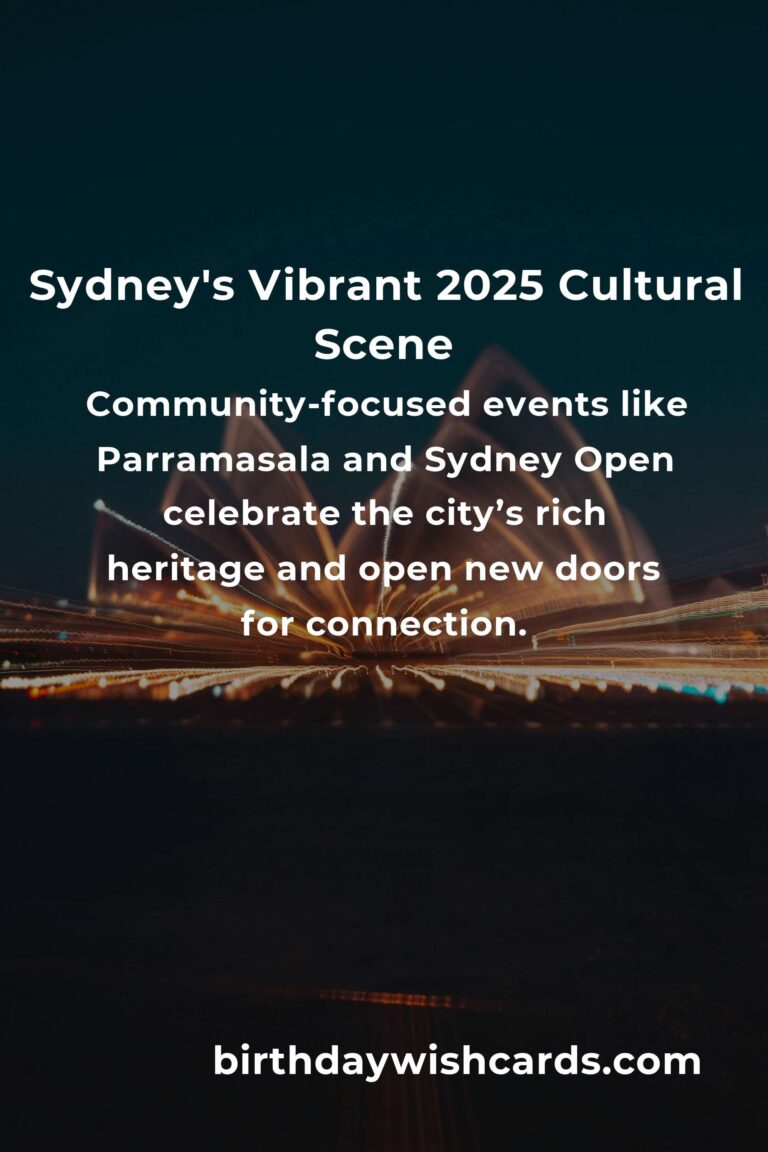Carnaval and Mardi Gras: Festive Celebrations of January and February
Carnaval and Mardi Gras are among the world’s most popular and vibrant celebrations. Although they differ in name and origin, both festivals enchant millions with their colorful parades, lively music, and extravagant costumes. Primarily held in January and February, their exact dates vary each year according to the liturgical calendar. This article delves into the rich history, customs, and iconic traditions that make Carnaval and Mardi Gras unforgettable events cherished around the globe.
Origins and Historical Background
Carnaval and Mardi Gras share deep cultural and religious roots, blending ancient pagan rituals with Christian observances. Carnaval is traditionally associated with the festive period before Lent, the 40-day season of fasting and reflection observed by Christians worldwide. The word “Carnaval” is believed to come from the Latin carne vale, meaning “farewell to meat,” reflecting the tradition of abstaining from certain foods during Lent.
Mardi Gras, which translates from French as “Fat Tuesday,” marks the final day of indulgence before Lent begins on Ash Wednesday. Its origins trace back to the Roman festival of Saturnalia, known for feasting and role reversals. Over time, Mardi Gras evolved into a Christian celebration, especially prominent in regions influenced by French culture.
When Are Carnaval and Mardi Gras Celebrated?
The timing of these festivities changes each year, as they are tied to the Christian calendar. Carnaval is typically celebrated between January and March, with festivities culminating on the day before Ash Wednesday. For example, in 2024, Carnaval begins on February 16 and ends on February 17, just before Ash Wednesday.
Mardi Gras always falls on the Tuesday before Ash Wednesday, hence its name. In places like New Orleans, however, Mardi Gras celebrations often span several weeks, featuring numerous parades and events throughout the Carnival season.
Key Locations for Carnaval and Mardi Gras Celebrations
Rio de Janeiro, Brazil, hosts the world’s most iconic and grand Carnaval. This legendary event draws millions of participants and spectators who flock to the city for its dazzling samba parades, exuberant street parties, and vibrant costumes. Rio’s Carnaval is a symbol of Brazilian culture and creativity, with samba schools competing in elaborate floats and choreographed performances.
Venice, Italy, is




